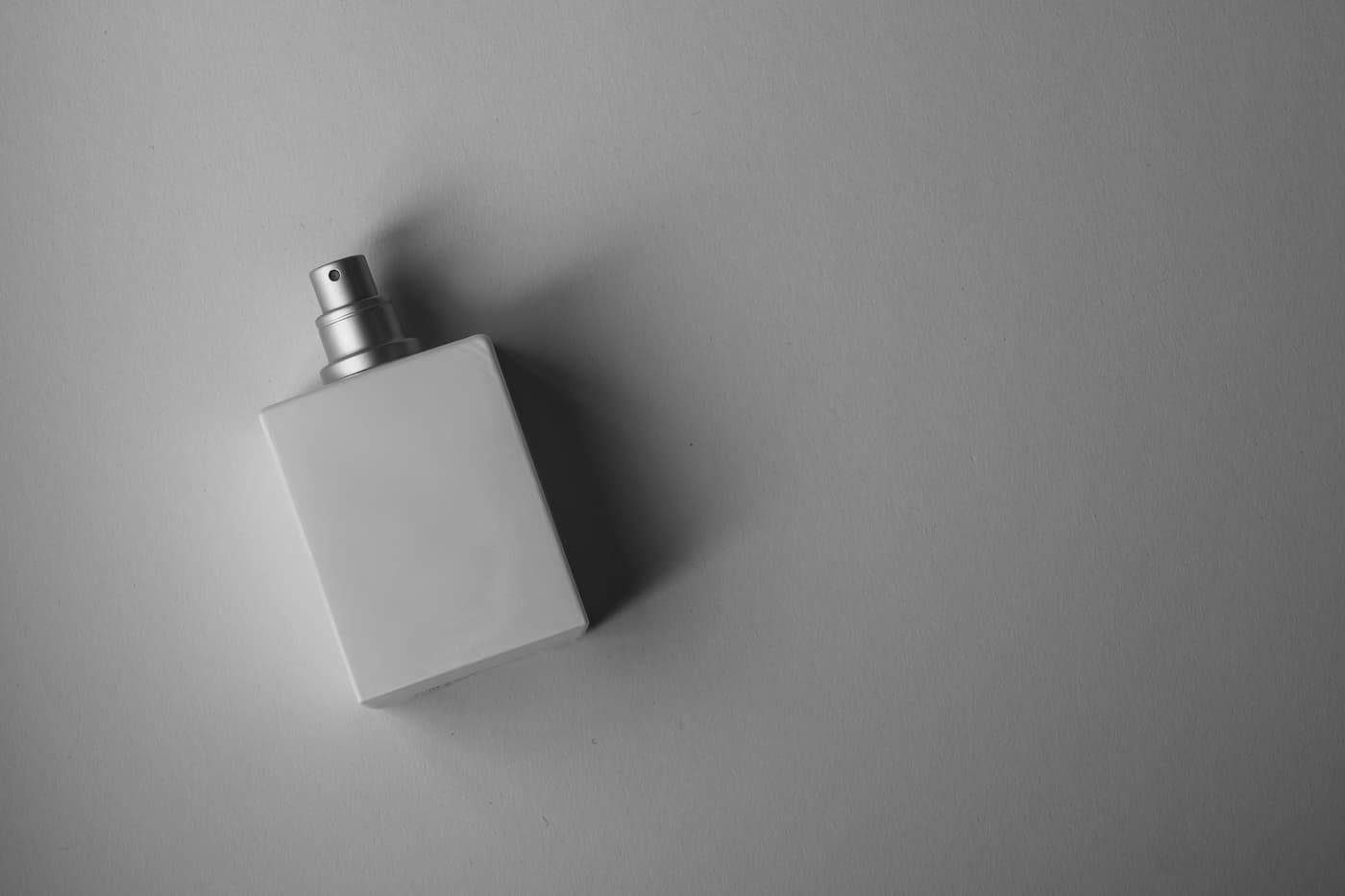Product photography is increasingly becoming important among businesses today that want to stay competitive online.
You worked hard to get users to find your product online only for them to leave because the product images are poor quality. In an ideal world you would have a professional set up for your product images, but when starting or expanding you can still produce great product images with your mobile phone.
Smartphone with a Good Camera
Never underestimate the power of a good smartphone for your product photography. While you don’t necessarily require a high-powered camera, you still need one with excellent image capturing metrics.
Most smartphones today feature excellent cameras that you can use to capture product images. Before using a mobile phone product photography and images, ensure you learn more about its capabilities or user settings.
You might also want to read some tutorials into customising the images taken with your particular phone.
Invest in a Tripod
While you can easily create a make-shift tripod for shooting images.
There are two types of tripods that you can use for your product photography regimen including:
Traditional vs Flexible
The traditional tripod features a simplistic design, with flexing anchors perfect for beginners. Users can also bend their legs and put them on various surfaces to improve stability.
Mobile Grip
These are the types that come with a specialized screw system, which you can use to integrate your camera. Today’s under-section of most flagship cameras features this mechanism, which you can use for product photography.
Some tripods also feature camera controls that you can use to operate your camera much more conveniently.
Work on Your Lighting
Lighting has a crucial effect on the quality of images that you can capture with any camera, regardless of the setting.
Using a single lighting source is also crucial in capturing high-quality product photos. The single light source also helps make your product photographs look professional.
Lighting is also crucial because it impacts how a user can interact with your images. While a single light setup can work for specific products, not all of them are always applicable. Here is a quick rundown of the common types you might encounter:
Natural Lighting
Photography experts also refer to it as the “soft light.” Natural light is excellent because it’s a reliable and readily available light source.
Artificial Lights
Photography experts also refer to the “hard light” product as a source. The reason is that artificial light products tend to provide a smaller, highly focused light. It’s also common among e-commerce companies because of the ease of customisation benefits.
With a single light source, focusing on a specific product and capturing its features and details.
Shadowing Issues
An image with any signs or shadowing often looks unprofessional, which relates to your product photography set up. You can use a few techniques to address the image shadowing issue. You can opt for the fill light approach, which involves using a light source that is not highly intense. Shadowing issues also often occur due to poor lighting procedures and resources.
You can use the fill light to help counterbalance the natural shadow that might come up during the image projection. You can also use the flash bounce card, which helps to reflect the lighting to suit your requirements. You can use some types of customised bounce card products out there, which might require some research.
Portrait or Sweep Mode
The positioning you can use for your images often varies on the resources available to you. The reason is that capturing a photograph requires various important resources that you have to consider. The common ones include lights, bounce cards, tripods, and more. All these resources change and have a huge impact on the background mode you might choose.
You have to determine the specific background type that you want to use for product photography, which can include:
The White Background or the Curve
Setting up a White background involves more than just setting the table on a white drywall platform. The best solution for capturing product photography images with no white background is to use a cove.
A curve or cove refers to a specific type of background whose bottom serves as the platform to place your products. This also bends upwards and sits on the white wall on the rear section of the wall.
Real-World Background: Portrait Mode
A dynamic or real-world background can produce rich images, but their is a delicate balance that lies in ensuring no item takes up all the focus on your photograph.
You can make your product photographs have more focus by using the portrait mode, and it’s a feature that is available with most modern smartphone brands. It’s a setting that works to blur the background so that the object you have with you becomes the major aspect of focus.
Shoot Various Types of Images
Remember the importance of capturing various photos for each product that you want to display. It will help provide consumers with the real-world feeling of interacting directly with the product. Your website should feature all of these images, and you have to ensure the content suits the needs of your web visitors.
A good example would be when your business has to photograph a product such as a cell phone. You have to capture different angles and perspectives of the devices to help provide optimal information to the consumer.
As your business grows, so to can your investment in camera equipment and set up.
Related Articles
- Why Your Business Needs Professional Product Photography
- Pros and Cons of Using a Photography Studio for Product Shots
- Using a Photo Studio For Your Next Shoot
- Why Use a Photography Studio
- Year in Focus Comparing Brand Photography Styles

